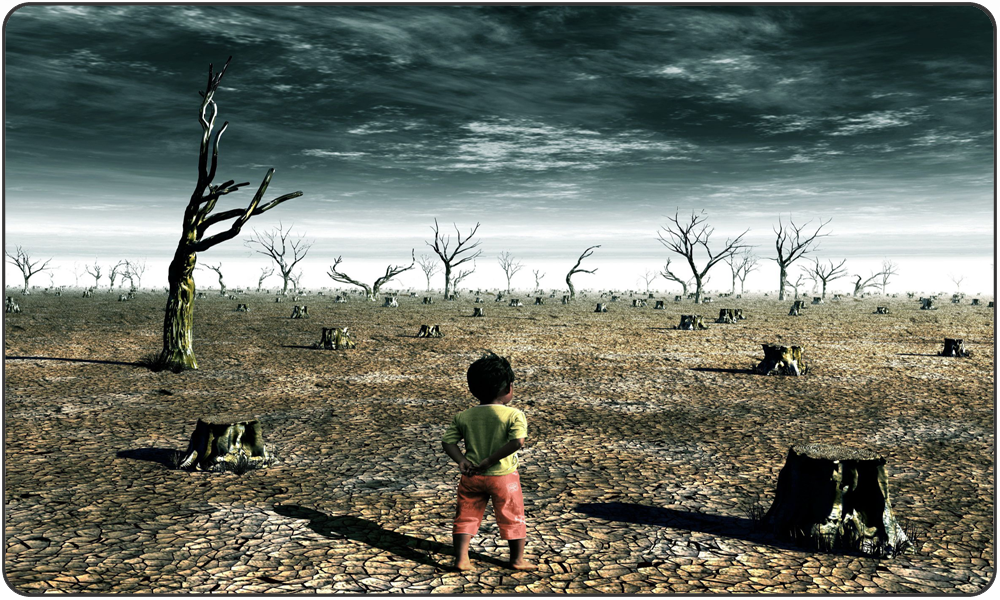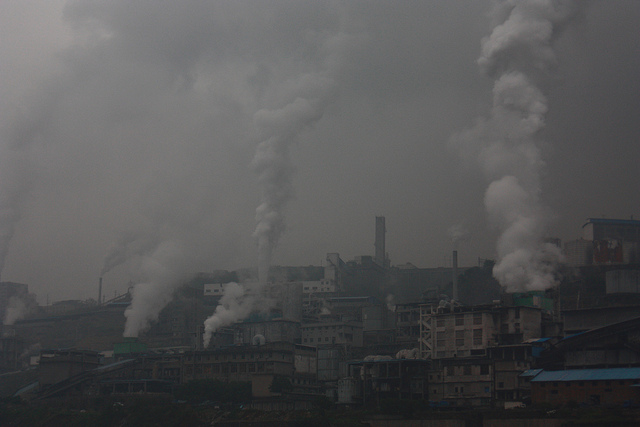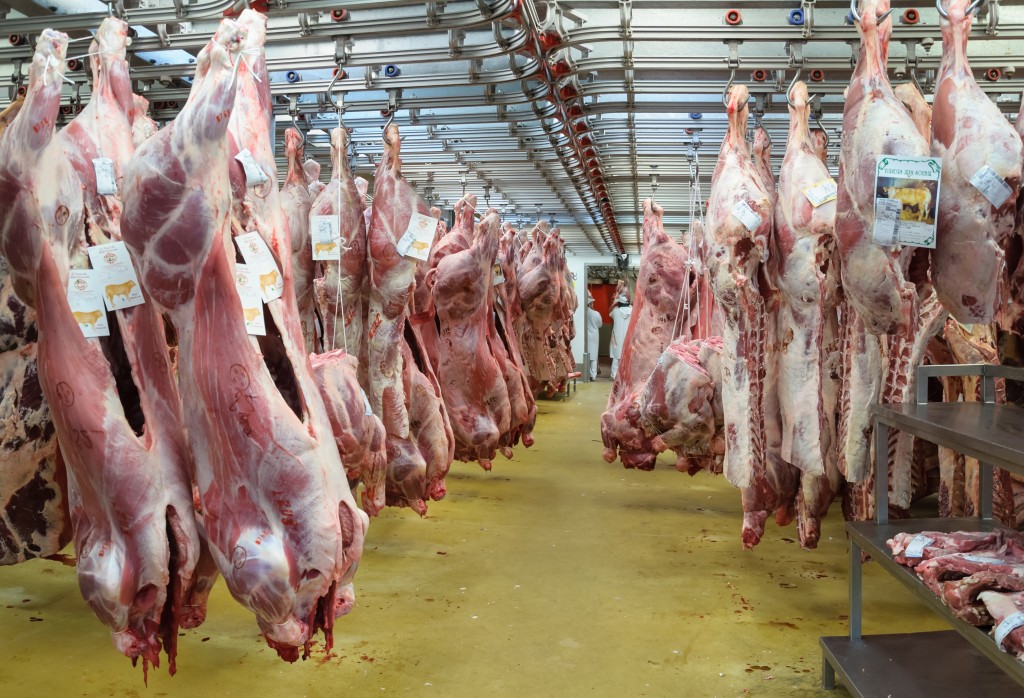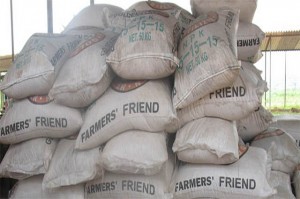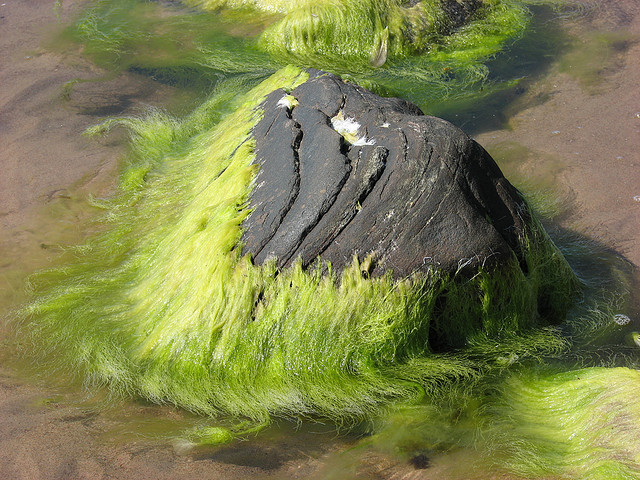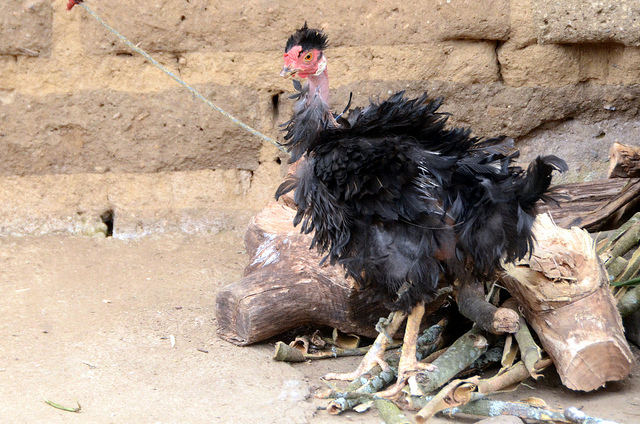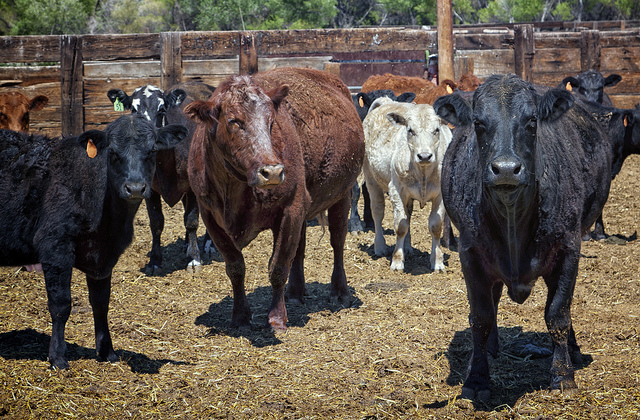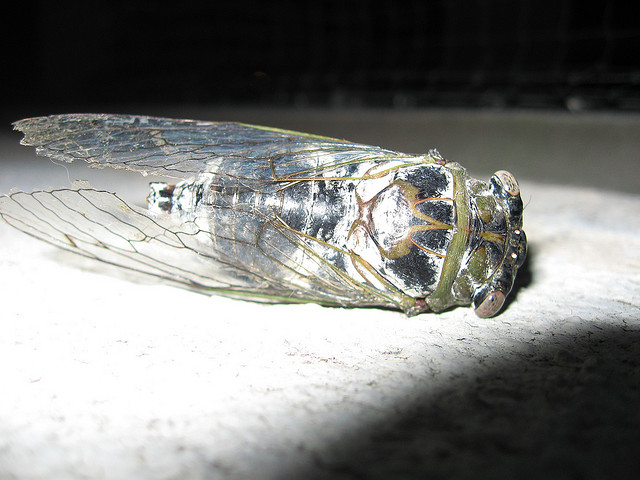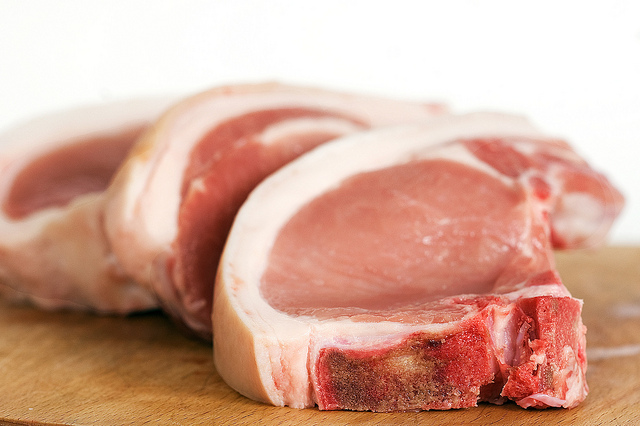Podcast: Play in new window | Download
Subscribe: RSS
The World Bank’s vice president for climate change — yes, it has a vice president for climate change — last weekend issued a blunt warning to a meeting of agriculture ministers, held in Berlin. To paraphrase Rachel Kyte just a little: agriculture must adapt or die. And do it fast.
Okay, she was not quite that blunt, but she came very close. She told the ministers that the world will warm two degrees Celsius “in your lifetime,” that the changes won’t be pleasant and slow, but “volatile…with unpredictable impact.” Moreover, “significant damage and destruction are already happening.” Yet, she said “The agricultural community has still some way to go in realizing the full significance.” Or, to translate from bureaucratic/diplomatic English, they still have their heads up their you-know-whats. Continue reading
